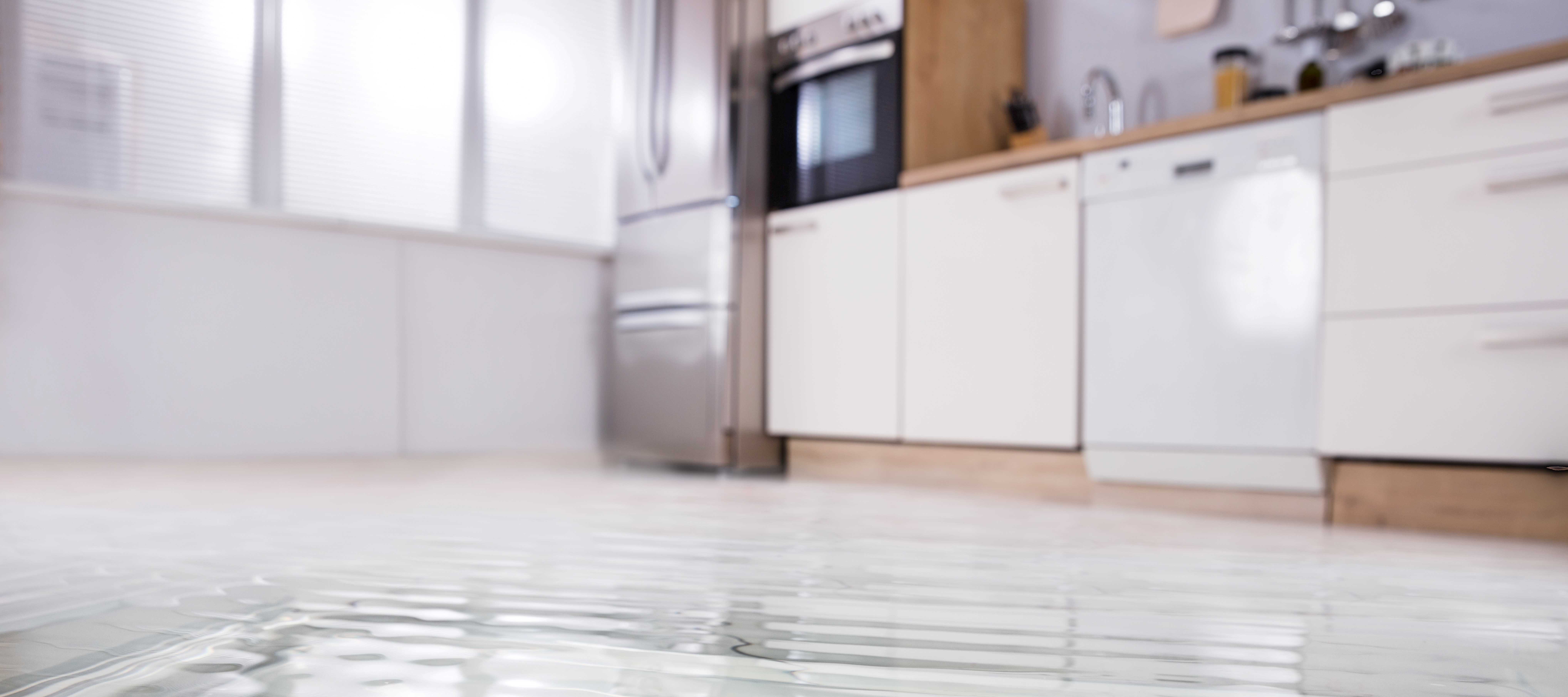
Millions of American homes are impacted by flooding each year. Flooding can be a nightmare to deal with, regardless of whether it’s from poor home maintenance, unexpected accidents or a natural disaster. Below are a few tips from the experts in flood restoration to help you restore your home if it’s flooded.
Get Started Fast
As soon as flooding is noticed, start by calling your homeowner’s insurance company. Make sure any damaged property is inspected before it is thrown out. Create an inventory of anything that is damaged and take clear photos. When you file a flood insurance claim, you should include the list, the photos, your policy number, and your contact info.
Floodwater can be contaminated, so avoid direct contact even when looking through areas to see what has been damaged. If there is sewage in the home, stop using any sinks or toilets in the home (even if they aren’t near the contaminated area), and call the utility company right away.
Check to see what’s damaged inside and outside of the home but be careful to avoid hazards. Standing water can be electrically charged because of damaged power lines.
Shut Off Utilities Immediately
If there is a possibility to damage to utilities, they should be shut off immediately. Do not do this if they are not safe to shut off. To shut them off, try the following steps.
- Water – Locate the master valve, usually located in the basement, garage or near the water heater. Turn the valve to shut off the water supply to the home.
- Electricity – Locate the main circuit box mounted on a wall inside the home. Turn off the main switch. If there are sparks frayed wiring, or other issues, stay away and call the utility company.
- Gas – Find the shutoff valve that is located on the riser pipe. This is located between the ground and the meter. Use your hands or an adjustable pipe wrench to close the valve.
After turning off utilities, call the utility companies and wait for them to let you know it’s safe to turn them back on.
Remove Standing Water and Belongings
Standing water should be removed quickly and everything should be dried fast to save as much as possible. Depending on the type of floodwater, what has been damaged, and how long the water has been there, walls, carpets, and furniture may be able to be saved. Anything that can be saved will need to be disinfected and dried to prevent mold. Mold growth can start within 24 hours.
Flood cleanup is often more complicated than homeowners think and does require special knowledge and tools. Action items such as moisture level reading, monitoring the moisture, extracting the water, drying, disinfecting, and deodorizing will be required.
If you ever experience a flood in your home, it’s better to hire a professional restoration company to have proper flood mitigation started immediately. Call the professionals at PuroClean Certified Restoration to get an estimate for professional flood restoration in Springfield Missouri.

